Another year has flown by—we are heading into the new year and all the challenges it will bring. Making New Year’s resolutions can be very rewarding and actually lead to significant change—however, for 99 percent of us it is just a thought that lasts a day and then is forgotten as we go about our daily lives.

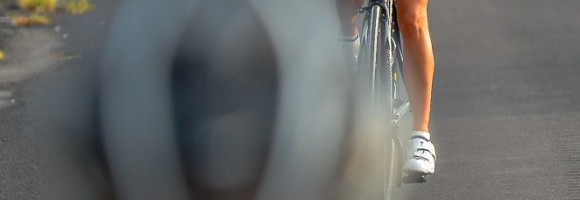

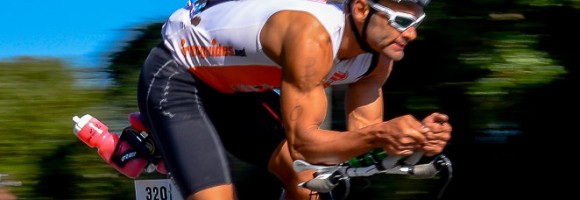
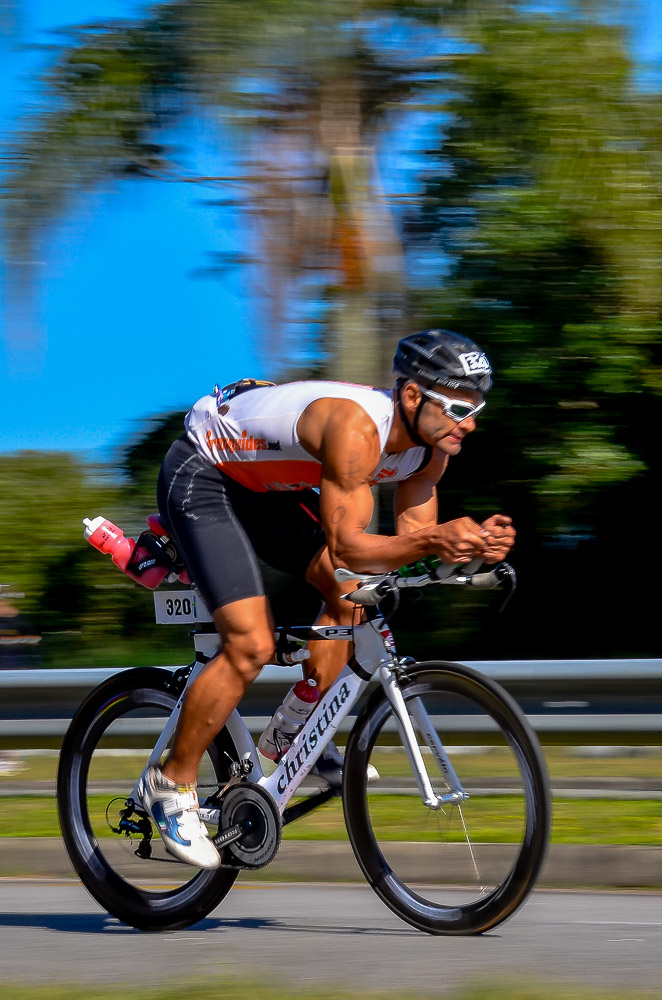
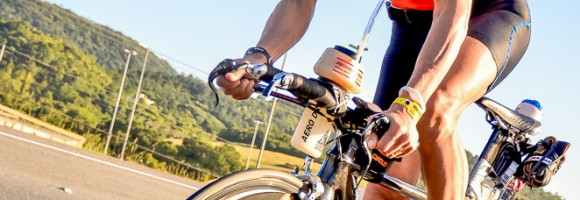
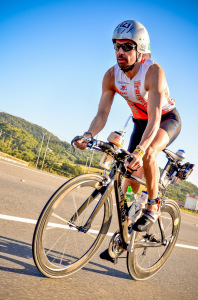


Recent Comments